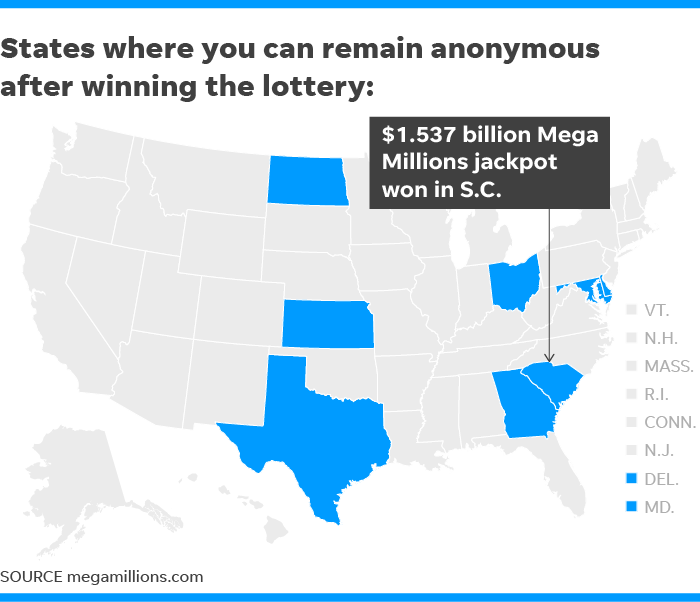

Real-time survey-grade positioning would eliminate the need to post-process data back in the office and significantly reduce the occupation time required in the field to map each asset.
#MILLIONS MAPPED BLUETOOTH#
Kahn had heard about a new type of Bluetooth ® GNSS receiver that could provide real-time survey-grade positions to any mobile device.
#MILLIONS MAPPED MANUAL#
“We would have had to hire 20 GIS people in the field and office just for the manual pushing around of information, and it would have been slow and expensive. “It would take an astronomical cost to scale to a million existing assets,” Kahn said. The legacy GNSS workflow was simply too time-consuming to scale statewide. I wanted to give our crews a laser-guided shovel to every single asset.” And we could see how the utility and our customers would benefit greatly from this.
#MILLIONS MAPPED UPDATE#
“We knew we needed to update every GIS asset in our records so each one had survey-grade accuracy. “Never let an extremely challenging experience go to waste,” Kahn said.

So with easy math, Kahn concluded that New Jersey American Water could save over 55,000 hours in the field per year-just by providing access to survey-grade asset maps. Each year, the utility performs about 300,000 work orders that require a person to “get out of a truck and look for something,” such as a shut off valve. About 10 of those minutes were spent, on average, searching for and interpreting sketches. To cement his research in data, he rode along with work-order crews and observed that each work order took, on average, 12 minutes to locate a buried asset. Kahn put together an ROI estimate of what survey-grade utility maps could save New Jersey American Water. They asked him if it was possible to acquire the same level of accuracy for all of the utility’s assets statewide. The management at New Jersey American Water quickly saw the value of what Kahn had done at Ortley Beach. In Mantoloking, it could take hours to days to find one service line under the rubble.” They spent hours on each property trying to find assets and do damage assessment. “Measurements were based on references that weren’t there anymore. “All of their tap lines and drawings meant nothing,” Kahn said. Crews spent weeks walking block by block just to locate service lines. On the same barrier island, in Mantoloking, there too, everything was gone. That would be a game changer.’”īut the other coastal communities without the perfect map did not fare so well. I distinctly remember thinking, ‘It would be amazing if we could do this for all 10,000 miles of New Jersey communities. “They had never seen anything like that before. “I came up with my tablet and map and said, ‘It’s right here,’” he recalled. Ortley Beach would become known nationally not for its perfect map-but for being nearly wiped off the map. Two days later, Hurricane Sandy made landfall in New Jersey. Eventually, they helped me finish the perfect map.” “They helped me find meters under landscaping rocks and so on. “I met many of the people who lived there year-round,” Kahn recalled. The date was October 27, 2012, when the first accurate map of Ortley Beach’s water and wastewater assets was completed. Still, after all the work was done, Kahn had achieved about 10-centimeter accuracy for all 7,000 assets in Ortley Beach. He estimates that the legacy technology’s inefficiencies added days of labor to each step of his pilot project. Moreover, the location data needed to be differentially post-processed back in the office before Kahn officially had decimeter-level locations. Files could easily be overwritten, for instance. This was time consuming and prone to errors. Using the utility’s legacy handheld Global Navigation Satellite System (GNSS) devices, he began mapping assets.īut he quickly encountered challenges with the legacy mobile technology.įirst, Kahn was faced with manually transferring the data from the legacy GPS receivers to the utility’s GIS. He picked the coastal town of Ortley Beach to test a field data collection workflow. In fall of 2012, Christopher Kahn, Director of UAS and Geospatial Services at American Water, piloted a workflow that would allow field employees to instantly locate all of the utility’s water and wastewater assets throughout New Jersey. Because this data was spread across different platforms and sources, it took a large amount of manual effort to reconcile it within New Jersey American Water’s geographic information system (GIS). In the past, New Jersey American Water relied on a variety of data sources to know the location of its water and wastewater assets.


 0 kommentar(er)
0 kommentar(er)
